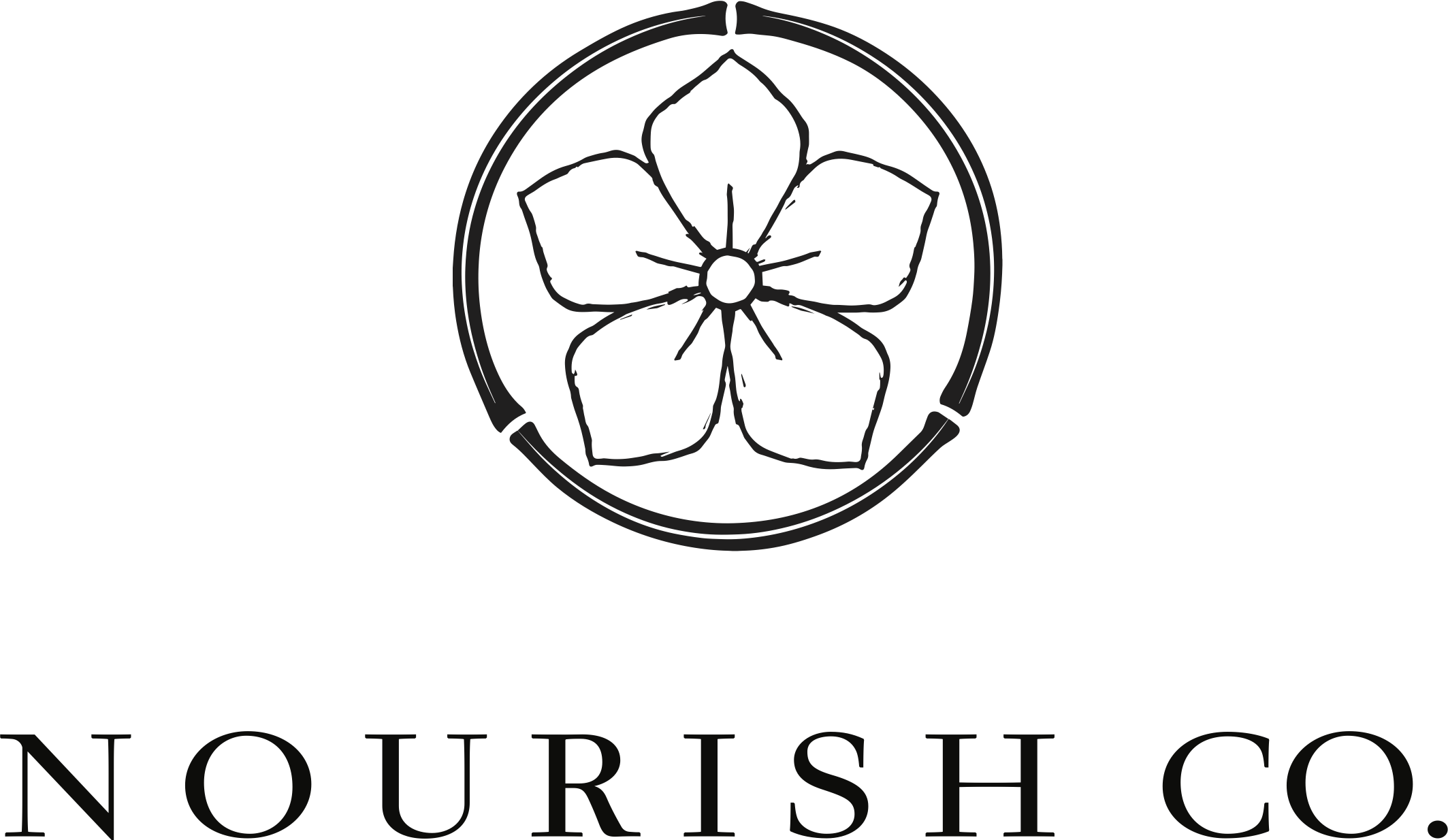Scattered Sushi ちらし寿司 for Happy Occasions
*Photo by Nicole Morrison
Since New Year’s Day is really the only Japanese holiday I celebrated growing up, it’s the one most familiar and comforting to me. Every year, my Mom would make 30 pounds of mochi (glutinous rice cakes), which my Dad and brother would deliver to family and friends who otherwise wouldn’t have access to homemade mochi. On New Year’s Day, our family and community would gather at my parents’ house for a potluck of Japanese and Hawaiian foods and watch the Rose Bowl on TV.
As I got older, I wanted to learn more about Japanese New Year’s Day traditions. I experimented with osechi, auspicious traditional New Year’s foods and began hosting my own gatherings. For the first time, our immediate families will come to our house instead for New Year’s Day this year. I’m honored to have been passed this torch and look forward to continuing the family tradition for years to come.
One of the dishes that is a constant on the Namimoto New Year table is ちらし鮨, chirashi sushi or scattered sushi. This beautiful, colorful dish is made of sushi rice with celebratory toppings sprinkled on top. It’s traditionally served in a hangiri, a round, flat-bottomed barrel made of cypress wood and bound with two copper bands. Real, artisan-crafted hangiri are more costly than cooking pots and are considered heirlooms in many households. Not just for the New Year’s table, scattered sushi is served on happy, celebratory occasions like the Hinamatsuri 雛祭りGirl’s Day holiday in Japan.
Since dungeness crab is in season over New Year in the San Francisco Bay area, I add a layer of the rich, succulent crab meat to my scattered sushi in place of flaked fish and shrimp. I recommend you do the same based on what’s available locally and seasonally in your area!
*Photo by Nicole Morrison
Scattered Sushi
Serves: 6
Total Prep Time:
Total Cook Time:
- 3-1/3 cups short grain white sushi rice
- 4 cups filtered water
- 3 inch square piece of konbu seaweed
- 1/3 cup rice vinegar
- 3 tablespoons white sugar
- 4 teaspoons sea salt
- 1 serving kinshi tamago. Note that I don’t add any sugar and use sake instead of dashi
- 1.5 pound shelled and cooked dungeness crab
- 1 lotus root sliced into flower shape. Head here for a tutorial
- 1 pound ikura salmon roe
- handful of lightly cooked snow peas cut in half on the diagonal
- Black and white sesame seeds
- Wash sushi rice and strain three times. Place rice and filtered water in a rice cooker (you can also cook rice on the stove if you don’t have a rice cooker), add konbu to the rice and water mixture. Let soak for 20 minutes and begin cooking.
- Prepare kinshi tamago, lotus root, snow peas and dressing.
- Right before serving, transfer the rice to a hangiri or large shallow serving bowl. If you can have another person help you fan the rice, that would be idea.
- Begin fanning the rice as you add the dressing mixture, little by little. Mix gently with a rice paddle using a cutting motion, so as not to smash the rice grains. Keep doing this until all the dressing is used and it has absorbed mostly into the rice. You’ll find that the shiny layer of dressing at the bottom of the bowl starts to disappear.
- Create an even surface of rice. Begin placing the toppings artfully as pictured or as desired. Bring the large dish to the table to be enjoyed family style!
Note: this recipe is made much easier with a few special tools:
Japanese fan (you can fold one one out of paper if you don’t have one or use thick card stock or even a manila envelope)
Rice cooker or pot to cook rice
Hangiri or large shallow serving bowl
If you’re Japanese, Japanese American, or neither but looking for something different to do this New Year, check out my guide to Japanese New Year traditions and activities.
If you’re in the San Francisco Bay for the holiday, check out my audio walking tour: Food, History, and Resistance in Japantown.
For my secrets to mastering Japanese cooking, check out my FREE Japanese Pantry Guide. I developed it after a lifetime of learning to cook from my Japanese mother and aunt in the kitchen.
Head here to visit our Modern Heirlooms web shop, where I've thoughtfully co-created ritual objects with my favorite artisans (in limited runs) to help you elevate your sacred rituals.
I truly believe that cuisine is the most accessible gateway into learning more about our rich heritages. In addition to food, there are so many ways to celebrate, honor, and even reclaim, our time-honored traditions. I believe ritual objects really help anchor us in these moments-- especially around the table.


